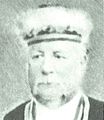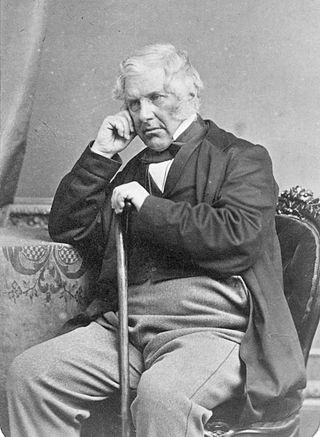
Henry Sewell was a prominent 19th-century New Zealand politician. He was a notable campaigner for New Zealand self-government, and is generally regarded as having been the country's first premier, having led the Sewell Ministry in 1856. He later served as Colonial Treasurer (1856–1859), as Attorney-General (1861–1862), and twice as Minister of Justice.

William Sefton Moorhouse was a British-born New Zealand politician. He was the second Superintendent of Canterbury Province.
James Frederick Stuart-Wortley JP was a politician in New Zealand and the UK. He was New Zealand's inaugural Baby of the House and remains the youngest member of parliament in the country's history; in fact he was too young to even be legally elected.

James Edward FitzGerald was a New Zealand politician. According to some historians, he should be considered the country's first premier, although a more conventional view is that neither he nor his successor should properly be given that title. He was a notable campaigner for New Zealand self-governance. He was the first Superintendent of the Canterbury Province.
The 2nd New Zealand Parliament was a term of the Parliament of New Zealand. It opened on 15 April 1856, following New Zealand's 1855 election. It was dissolved on 5 November 1860 in preparation for 1860–61 election. The 2nd Parliament was the first under which New Zealand had responsible government, meaning that unlike previously, the Cabinet was chosen by Parliament rather than by the Governor-General of New Zealand.
Dingley Askham Brittin (1823–1881) was an English solicitor. He spent three years in New Zealand as a runholder and during that time, he represented the Christchurch Country electorate in the New Zealand House of Representatives for one term.
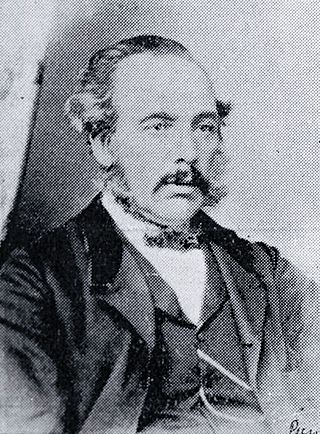
Isaac Luck was a New Zealand architect. A professional builder, he arrived in Lyttelton on the Steadfast in 1851. He was the third chairman of the Christchurch Town Council. He was the brother-in-law of and in partnership with Benjamin Mountfort, and was the less well-known architectural partner for the design of the Canterbury Provincial Council Buildings.
Christchurch Country was a parliamentary electorate in the Canterbury region of New Zealand from 1853 to 1860. It was thus one of the original 24 electorates used for the 1st New Zealand Parliament.
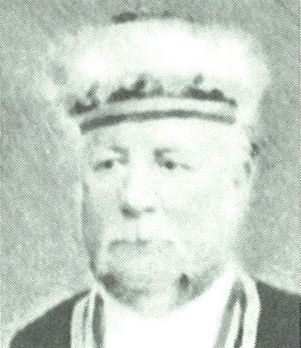
Michael Brannan Hart was the publican of the White Hart Hotel in Christchurch, New Zealand, that stood on the corner of High and Cashel Streets. It was Christchurch's first hotel. Hart, originally from Freshford, Somerset, England, was one of the first settlers of Christchurch. He was a colourful character and stood for elections to the Canterbury Provincial Council and Parliament, but was unsuccessful. He was elected onto Christchurch City Council in 1869, and was chosen as Mayor of Christchurch 1873–1874 by his fellow councillors. He gave the first chain to the Christchurch mayoral chain. He was the first mayor to wear regalia, modelled on the robes of the Lord Mayor of London. He intended to leave the robes to Christchurch City Council, but after a disagreement, he changed his will and the robes were buried with him.
Richard Packer was a New Zealand politician and Member of Parliament from 1856–1859 representing the Town of Christchurch electorate. He was also a member of the Canterbury Provincial Council, including its treasurer.

Isaac Thomas Cookson was a 19th-century Member of Parliament in Canterbury, New Zealand. He was a prominent merchant in early Canterbury.

John Ollivier was a Member of Parliament in New Zealand, but was better known for his membership of the Canterbury Provincial Council. He was the second chairman of the Christchurch Town Council.
Edward Allan Hargreaves was a 19th-century Member of Parliament in Canterbury, New Zealand.
William Thomson was a 19th-century politician from Christchurch, New Zealand, originally from Scotland. He held office at all levels of government, from Parliament and Provincial Council to chairman of a road board. In his professional life, Thomson was an auctioneer, accountant and commission agent. He had rural holdings in Governors Bay and at the Esk River.
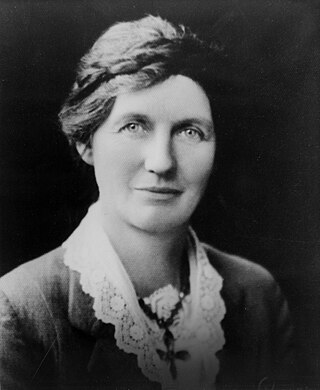
The Lyttelton by-election of 1933 was a by-election held during the 24th New Zealand Parliament in the Christchurch electorate of Lyttelton. It is notable for being won by Elizabeth McCombs of the New Zealand Labour Party, who became the first woman to be elected to the New Zealand Parliament. This by-election was therefore seen as a milestone in Women's suffrage in New Zealand.

William Guise Brittan, mostly known as Guise Brittan and commonly referred to as W. G. Brittan, was the first Commissioner of Crown Lands for Canterbury in New Zealand.
The Town of Christchurch by-election of 1856 was a by-election held in the Town of Christchurch electorate during the 2nd New Zealand Parliament, on 18 November 1856.
Captain Charles Simeon was one of the members of the Canterbury Association who emigrated to Canterbury in New Zealand in 1851. The family spent four years in the colony and during this time, he held various important posts and positions. He returned to England in 1855. He was devoted to the Anglican church and three of his sons became priests, while two of his daughters married priests.
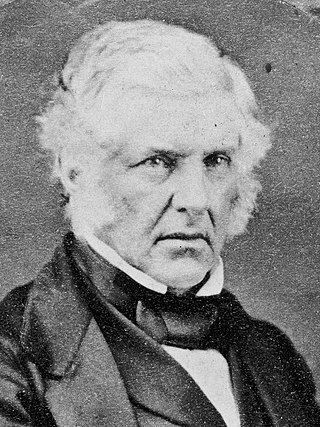
The 1865 Town of New Plymouth by-election was a by-election held in the Town of New Plymouth electorate during the 3rd New Zealand Parliament, on 19 May 1865. The by-election was caused by the resignation of the incumbent, Charles Brown, and was won unopposed by Henry Sewell. Whilst Sewell was not a local resident, he was a member of the government through his appointment to the Legislative Council, the upper house of Parliament. Sewell accepted the invitation to represent the electorate, as him becoming a member of the lower house was seen to strengthen the government.

